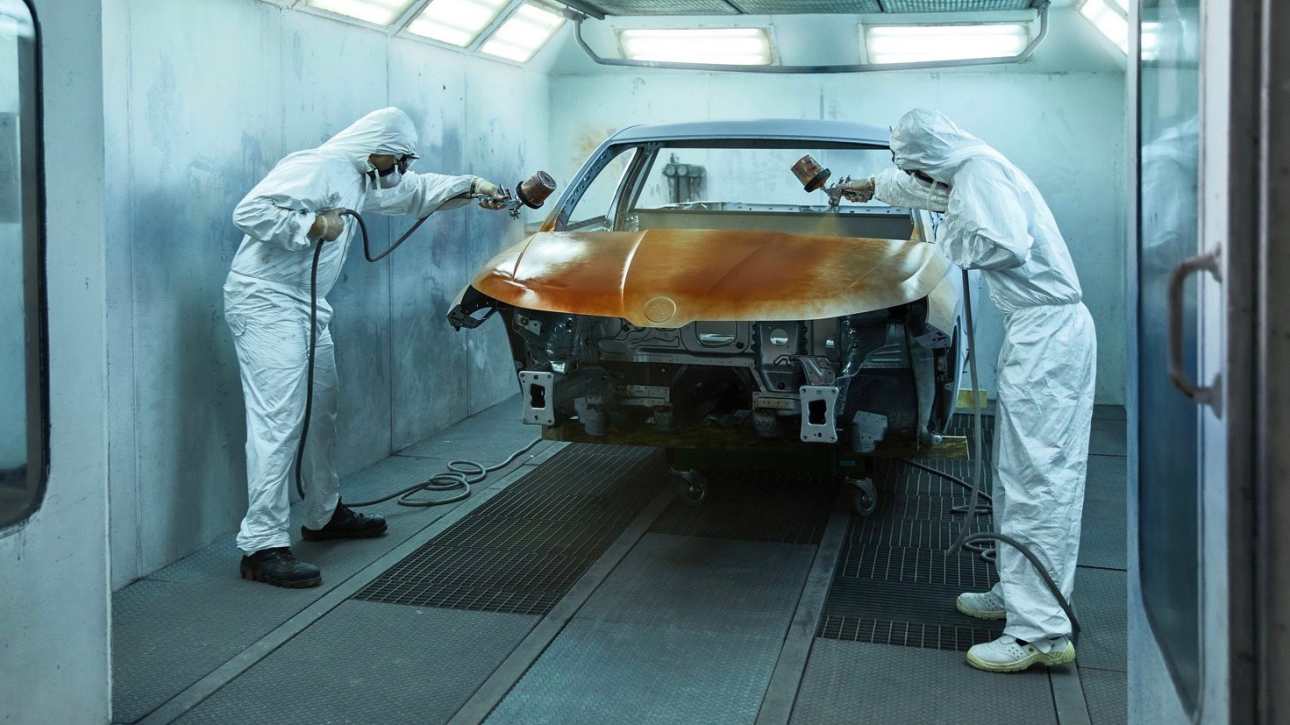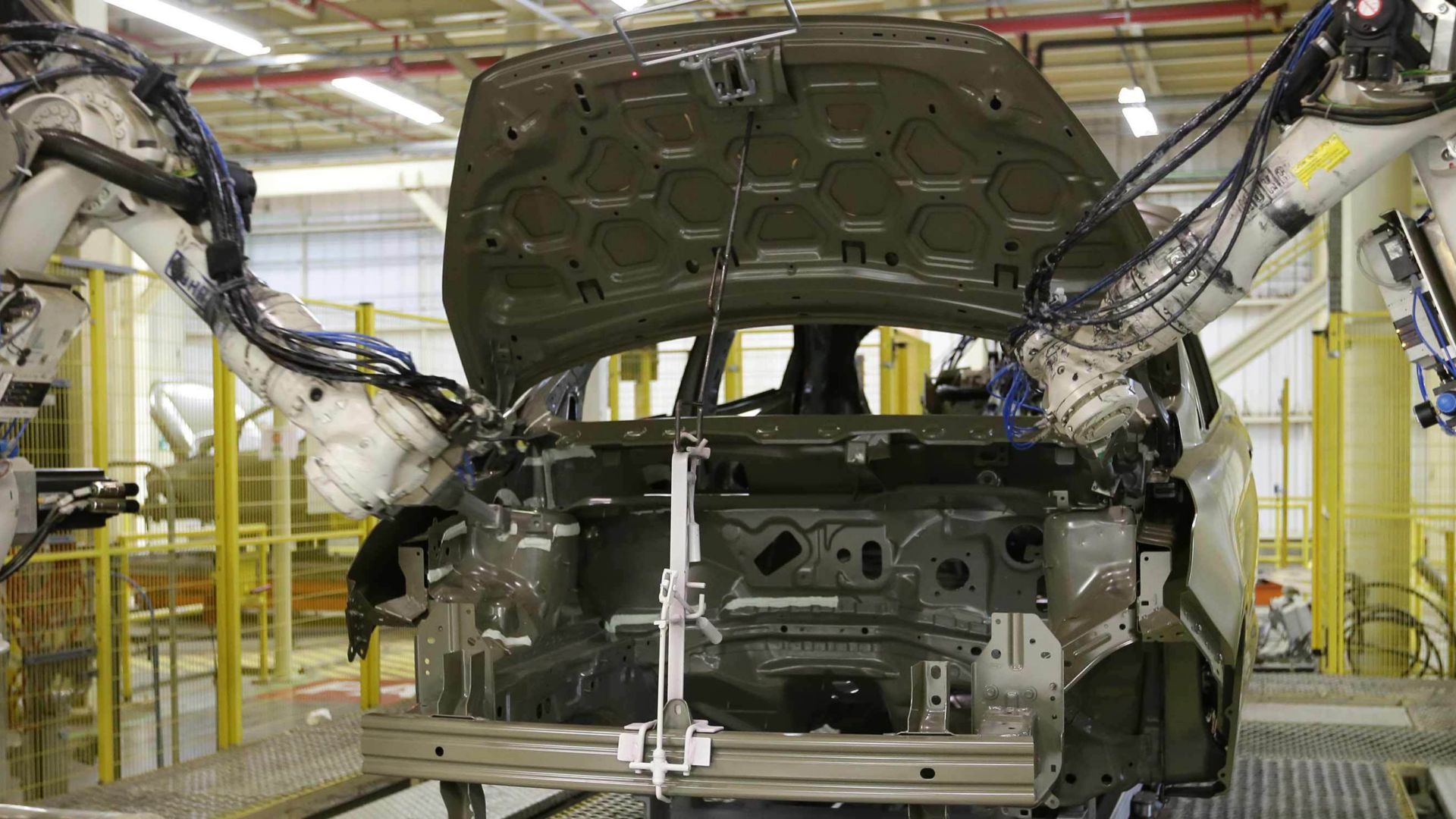
How to Detect Car Paint Defects Faster with AI-Powered Inspection?
Share
In todays world, where technology continues to streamline processes and enhance quality, the need to detect car paint defects faster with AI-powered inspection has never been more critical. With the automobile industry evolving rapidly, ensuring that paint quality is impeccable is paramount.
Whether you're a tech professional interested in AI or a car enthusiast passionate about perfect finishes, understanding how AI can aid in defect detection is vital. This article delves into innovative approaches to using AI for car paint inspection, revealing its capabilities, benefits, and implications for the industry.

The Significance of Car Paint Quality
Maintaining high standards in car paint quality is essential for numerous reasons. Firstly, it affects the car's aesthetic appeal, which is crucial for potential buyers. Secondly, paint quality is instrumental in protecting the vehicle from environmental factors such as corrosion and rust. Lastly, defects in paint can affect the car's resale value. Therefore, achieving a flawless finish is non-negotiable, resulting in a growing interest in advanced inspection methods.
The Rise of AI in Car Paint Inspection
Artificial Intelligence has transformed many industries, and the automotive sector is no exception. AI can process vast amounts of data far more efficiently than humans, making it an ideal tool for car paint inspection. With the deployment of AI technologies, businesses can achieve faster and more accurate detection of defects.
One significant challenge in traditional inspection methods is the subjective judgment involved. Trained human inspectors can sometimes overlook subtle defects. AI systems, however, can be programmed to spot even the tiniest irregularities with consistency. This shift from traditional methods to AI-based inspections ensures a higher quality standard.
How AI-Powered Inspection Works
AI-driven systems analyze images captured by high-resolution cameras or sensors. These systems are trained using machine learning algorithms that recognize various types of defects, from scratches and dents to paint runs and discoloration. Once the system is trained, it can continuously learn from new data, improving its accuracy over time.
Moreover, AI-powered inspection tools can be integrated into the production line, allowing for real-time monitoring and feedback. This integration not only speeds up the detection process but also minimizes the time required for rectification.
Benefits of AI-Powered Inspection
The integration of AI in car paint inspections offers numerous benefits:
- Speed: Inspections can be performed much faster than traditional methods, allowing for quicker turnaround times.
- Accuracy: AI can detect defects that may go unnoticed by human inspectors.
- Cost-effective: This technology reduces the labor costs associated with manual inspections.
- Scalability: AI systems can be scaled easily to accommodate varying production sizes.
Challenges in Implementing AI for Paint Inspections
Despite its advantages, implementing AI in paint inspections is not without challenges. Some hurdles include:
- Data Quality: High-quality images and data are essential for training AI models.
- Integration: Existing systems may need significant modifications to incorporate AI technology.
- Cost of Adoption: Initial investments in AI technology can be substantial.
Future of Car Paint Inspections with AI
The future of car paint inspections seems promising with the ongoing developments in AI. As machine learning and computer vision technologies continue to improve, the accuracy and capability of AI inspection systems will only enhance.
Additionally, there's potential for these systems to evolve, offering predictive analytics that can suggest preventative measures based on data trends. Car manufacturers can anticipate issues before they become significant problems, leading to better resource management and reduced waste.
Real-World Applications
Several major car manufacturers have already begun integrating AI-powered inspection systems into their manufacturing processes. For example, Toyota has adopted AI technologies to monitor paint quality, ensuring that each vehicle meets high standards before leaving the production line. This adoption not only enhances quality but also enhances consumer trust in their products.
Conclusion
In conclusion, the capability to detect car paint defects faster with AI-powered inspection is revolutionizing the automotive industry. It offers a blend of speed, accuracy, and efficiency, fostering a new era of quality control in car manufacturing. As technology continues to advance, AI will undoubtedly play a key role in defining the future landscape of car paint inspection and ensuring that vehicles not only look good but meet stringent standards of quality.

FAQs
1. What is AI-powered car paint inspection?
AI-powered car paint inspection uses artificial intelligence technologies to analyze paint quality, identifying defects more efficiently than human inspectors.
2. How does AI detect paint defects?
AI systems analyze images captured by high-resolution cameras and apply machine learning algorithms to recognize and categorize paint defects.
3. What are the advantages of using AI in paint inspections?
Benefits include increased speed, accuracy, cost-effectiveness, and scalability compared to traditional inspection methods.
